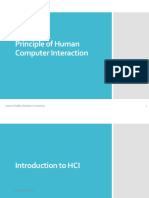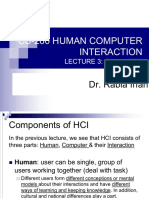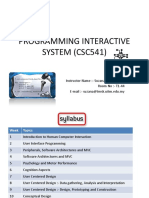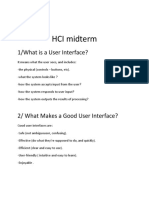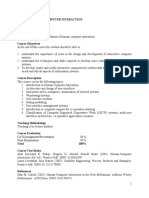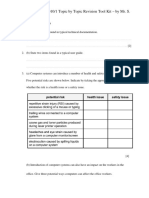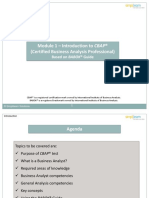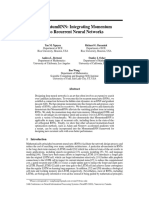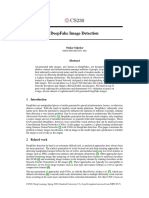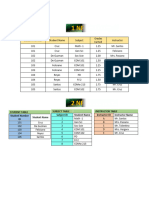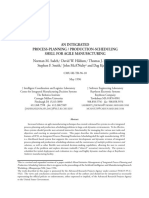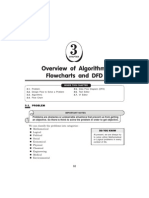0% found this document useful (0 votes)
79 views33 pagesHuman-Computer Interaction Guide
Human–computer Interaction (HCI) involves the study, planning,
and design of the interaction between people (users) and
computers. Interaction between users and computers occurs at the
user interface (or simply interface), which includes both software
and hardware.
Uploaded by
Anum JuttCopyright
© © All Rights Reserved
We take content rights seriously. If you suspect this is your content, claim it here.
Available Formats
Download as PDF, TXT or read online on Scribd
0% found this document useful (0 votes)
79 views33 pagesHuman-Computer Interaction Guide
Human–computer Interaction (HCI) involves the study, planning,
and design of the interaction between people (users) and
computers. Interaction between users and computers occurs at the
user interface (or simply interface), which includes both software
and hardware.
Uploaded by
Anum JuttCopyright
© © All Rights Reserved
We take content rights seriously. If you suspect this is your content, claim it here.
Available Formats
Download as PDF, TXT or read online on Scribd
/ 33




